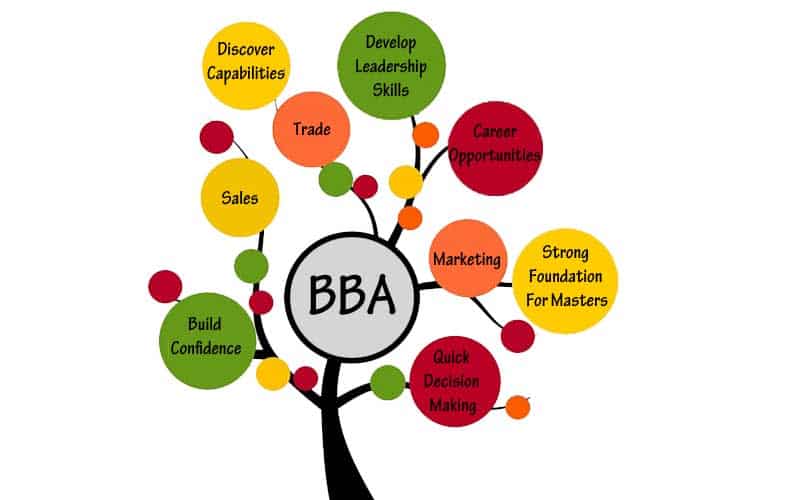 SIMT
SITASRM INSTITUTE OF MANAGEMENT & TECHNOLOGY
SIMT
SITASRM INSTITUTE OF MANAGEMENT & TECHNOLOGY
 SIMT
SITASRM INSTITUTE OF MANAGEMENT & TECHNOLOGY
SIMT
SITASRM INSTITUTE OF MANAGEMENT & TECHNOLOGY

SIMT
SITASRM INSTITUTE OF MANAGEMENT & TECHNOLOGY
Menu
A Human-Centric Approach to Authentic Team Leadership
Introduction
Imagine your team structured not as a rigid pyramid, but as a tapestry, with each thread or individual being composed of its own unique color and texture. A transactional leader would focus only on the pattern and keep the threads tightly together, while a leader who focuses on people would view each thread as critically important in and of itself; she would care about the threads health and well-being, development, and connection to the whole aesthetic. This is authentic team leadership; we think and act humanly by focusing on the person, weaving a bigger and stronger space of more people into the whole.
Understanding the "Human" in Team Leadership
The core of a human-centric approach to team leadership is to recognize that teams are made up of individuals with their own experiences, perspectives, and goals and focus on a more relational style of leadership, rather than a transactional style of management. This requires the leader to listen to their team members, understand their struggles and hardships, and consider and appreciate what they contribute to the whole team and not simply recognize their performance.
There is a psychological safety that takes place–a space where people feel free to share their opinions, to take risks, and to own problems, mistakes and learning without fear of judgment. Think of the challenges, especially when engaging cross functional team leadership.
Getting a group of people with different specialties and departments to understand and work together, requires a leader to break silos, facilitate understanding, and generate a common commitment to the purpose above their own team's mandate. This requires strong communication skills, the ability to facilitate healthy conflict and demonstrate true respect for each voice.
Building Blocks of Human-Centric Team Leadership
It is worth noting, developing a human-centric approach isn't achieved by one-off initiatives; instead, it is achieved by consistent and deliberate actions. Below are some innovative suggestions to help foster the basis for a human-centric level of engagement within your team:
-
Practice active listening with empathy: Listening isn't just hearing words. Listen to find an understanding of the spirit and a grasp of the issue beneath the words. Listening involves checking for understanding with clarifying questions as well as reflecting back what you are hearing to demonstrate understanding.
-
Champion psychological safety: Facilitate an environment in which vulnerability is welcomed and team members are comfortable soliciting dissenting opinions, asking for help, and taking considered risks which drives innovation and increased openness.
-
Invest in individuals' growth: Understand that every member of your team has his or her own goals and development needs. Provide opportunities for learning, mentoring and perfecting skills against their own needs and the needs of the team.
-
Encourage authentic reduction: Allow team members to create connections as human beings beyond the work task at hand. This can be an informal coffee group, or even team building sessions, or simply allowing time to discuss things unrelated to work.
-
Recognize and celebrate contributions: Recognize you have individual and team successes - regardless of how big or small. Make the recognition specific to the individual, meaningful to the person, reinforces the positive behaviours, and encourages a feel-good factor.
The Power of Connection: Leadership Team Building Activities
Team building activities for leadership teams are more than just fluff, they are absolutely critical for a human-centered team. Well-structured team building activities create connections between team members that help break down silos, create trust, create better communication and solidify relationships in the team. Team members can connect on the human level and foster a sense of camaraderie and a sense of shared purpose that galvanizes better collaboration as a team.
Key Pointers for Effective Activities
-
Align with team goals.
-
Prioritize inclusion.
-
Encourage collaboration.
-
Facilitate reflection.
-
Keep it relevant and engaging.
Examples of Leadership Team Building Activities
-
Human Knot: Untangle yourselves while still being connected (better communication & problem solving).
-
Blind Folded Obstacle Course: Move through obstacles with only verbal directions of the leader of the team helping navigate the team (create trust & clarity in communication).
-
Team Storytelling: Create a story together that is about things not told in a real story (people in the center & listening).
-
Desert Island scenario: Select the items that you would keep to survive on a desert island together - strategic thinking and negotiation.
-
Strengths sharing: Share your individual strengths and how you contribute to the team and build appreciation.
Thoughtful leadership team building activities are a direct investment in your team's human connection, leading to stronger collaboration and greater success.

Benefits of Human-Centric Team Leadership
A human-centered approach to leading a team produces many benefits:Increased Engagement: Teams feel more connected and invested in their work.
-
More Motivation: When people feel valued and understood, they are driven to operate at their best.
-
Increased Productivity: Engaged, motivated teams produce higher "output" simply by being engaged and motivated.
-
Increased Commitment: Team members are more committed to achieving common objectives when they feel guided and supported.
-
Increased Proactiveness: Team members are more likely to perform beyond their "normal" job responsibilities.
-
Positive Environment: Empathy and understanding create a supportive, approachable and enjoyable environment.
-
Reduced Conflict: If team members have open communication and mutual respect for each other, interpersonal issues are not present.
-
Increased Team Cohesion: Greater relationships lead to a higher level of collaboration and unity.
-
Talent Retention: People who feel valued and supported are more likely to remain with the organization.
-
Attraction of "Hero" Employees: A strong reputation for human-centered team leadership will attract desirable talent.
Overall, the well-being of an individual creates the basis of team performance. There is nothing more powerful than being supported by an organization and your coworker.
Embracing the Human Element in Team Leadership
In summary, while skills and strategies can help with effective team leadership, the best leaders are the ones who understand, respect, and prioritize the human element in their leadership. If you want to lead a cohesive team of not only individuals, but also humans, you need to build your practice in empathy, relationship, human investment, and continue to engage in leadership team building opportunities.
Then you will develop not just a high-performing team but also a resilient, innovative, connected, living human ecosystem. Human-centric, authentic team leadership is not simply a fad; it is part of a greater shift to a more sustainable, and ultimately a more successful way of leading.




















































